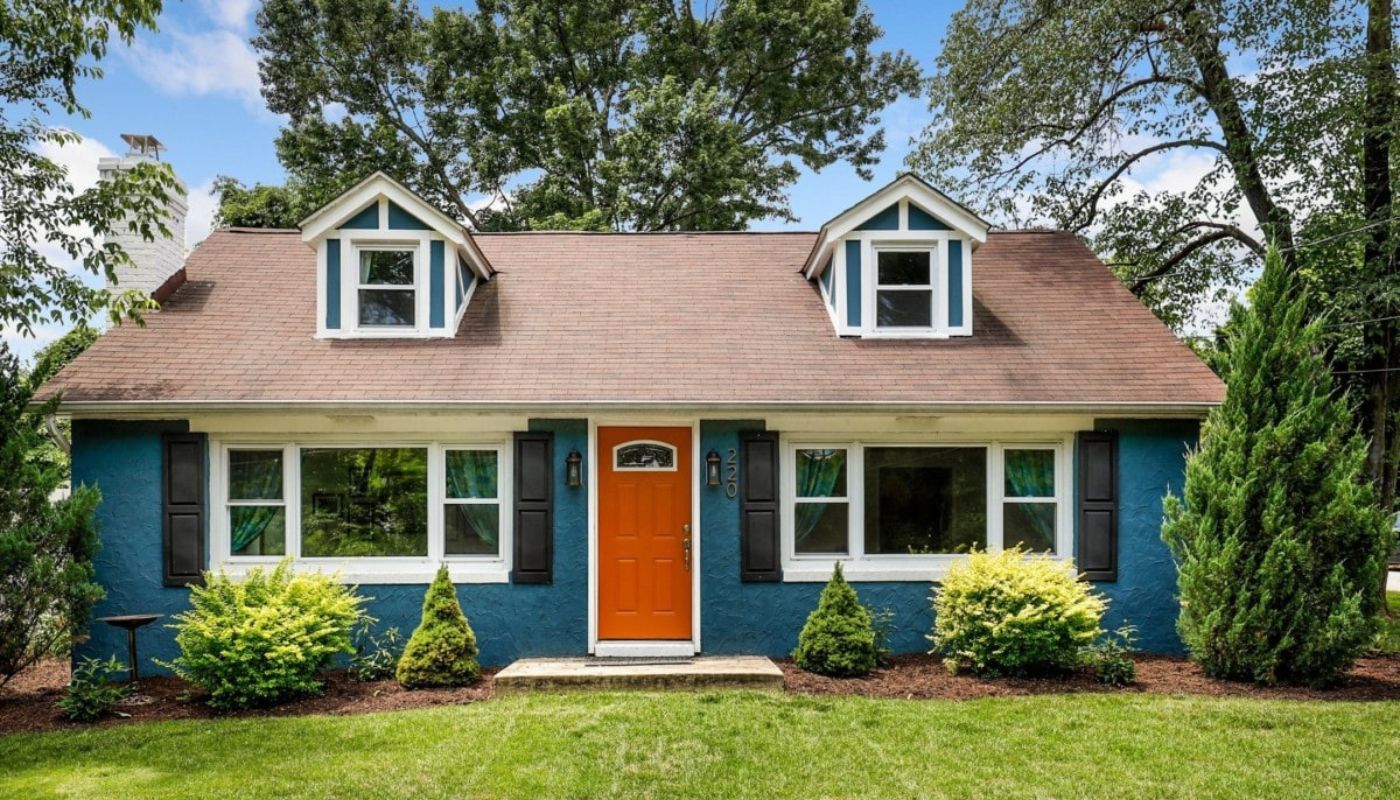

Articles
How To Find Out When Your House Was Built
Modified: January 5, 2024
Discover the age of your home with our informative articles on how to determine when your house was built. Find out the history and origin of your property.
(Many of the links in this article redirect to a specific reviewed product. Your purchase of these products through affiliate links helps to generate commission for Storables.com, at no extra cost. Learn more)
Introduction
Have you ever wondered about the history of your house and when it was built? Whether you’re a history enthusiast, a proud homeowner, or simply curious about the origins of your property, discovering the construction date of your house can reveal fascinating insights about its past.
Uncovering the age of a house may seem like a daunting task, especially if you lack historical knowledge or don’t know where to begin. However, with the right resources and methods, you can embark on a journey of exploration to find out when your house was built.
This article will guide you through various strategies and steps you can take to determine the construction date of your home. From conducting research on historical records to examining architectural styles and materials, we’ll cover everything you need to know to unravel the mysteries of your house’s past.
So, without further ado, let’s dive into the world of historical detective work and uncover the secrets that lie within the walls of your home.
Key Takeaways:
- Uncover the secrets of your home’s past by researching historical records, examining building materials, and consulting local authorities. Embrace the journey of discovery and connect with your property’s rich history.
- Engage with previous owners, local historians, and architects to piece together the puzzle of your house’s construction date. Embrace the mystery, and enjoy the process of unraveling your home’s fascinating history.
Researching Historical Records
When it comes to determining the age of your house, one of the first and most important steps is to conduct thorough research on historical records. These records can provide valuable clues and documentation about the construction and ownership history of your property. Here are some avenues you can explore:
- Property Deeds: Start by locating the original deed or title of your property. These documents can often provide information about the date when the property was transferred, which may indicate the construction date.
- County or City Archives: Visit your local county or city archives to search for land records, tax assessments, and other historical documents. Look for building permits, construction applications, or property tax records that may include relevant dates or details about your house.
- Historical Societies: Contact local historical societies in your area. They often keep records, maps, and photographs that can shed light on the history of properties in the community.
- Newspaper Archives: Check historical newspaper archives for any articles or advertisements related to the construction or sale of your home. Local newspapers often covered significant events, including new construction projects or real estate transactions.
- Census Records: Delve into census records to find information on previous occupants of your house. The census can provide details about the year of birth or immigration of individuals who lived in the property, which can help narrow down the construction date.
By meticulously scouring through historical records, you may stumble upon valuable clues that reveal the approximate age of your house. It’s important to note that this research process may require time, patience, and persistence, but the rewards of uncovering the history of your home are well worth the effort.
Examining Building Materials and Techniques
If historical records don’t provide concrete information about the construction date of your house, you can turn to examining the building materials and techniques used. The materials and methods employed in the construction of a house can offer valuable insights into its age. Here are some things to consider:
- Bricks and Mortar: Examine the bricks and mortar used in the construction of your house. Different types of bricks were prevalent during specific time periods. For example, handmade bricks with irregular shapes and sizes were commonly used in older constructions, while machine-made uniform bricks became popular in the late 19th century.
- Wood: Check the type of wood used in the structure. Different species of wood were commonly used during specific time periods. For example, oak was widely used in the 17th and 18th centuries, while pine became popular in the 19th century.
- Construction Techniques: Analyze the construction techniques employed in your house. Different methods and styles of construction gained popularity during specific time periods. For instance, timber framing was common in the 17th century, whereas balloon framing and platform framing became prevalent in the 19th century.
- Foundations: Examine the foundation of your house. Different foundation types, such as stone, brick, or concrete, were used in different eras. Additionally, the depth of the foundation can also provide clues about the age of the house.
- Roofing Materials: Inspect the roofing materials. The type of roofing material, such as slate, clay tile, wood shingles, or asphalt shingles, can indicate the period in which the house was constructed.
By carefully analyzing the building materials and techniques used in your house, you can begin to narrow down the possible construction dates. It’s important to note that these methods are not foolproof and may only provide an estimate. Therefore, it’s ideal to combine this approach with other research methods to corroborate your findings.
Consulting Local Government Authorities
Another valuable resource in your quest to discover when your house was built is local government authorities. Municipal and county offices often maintain records related to building permits, construction codes, and property assessments. Here’s how you can tap into this valuable source of information:
- Building Departments: Contact the local building department or planning commission in your area. They keep records of building permits, which typically include the construction date, as well as any renovations or additions made to the property.
- Assessor’s Office: Reach out to the assessor’s office, where property assessments and tax records are maintained. These records may provide information about the age and value of your house.
- Historic Preservation Office: If your area has a historic preservation office or commission, they may have additional resources and records related to historical landmarks, including houses of significant historical value. They can provide insights into the architectural styles prevalent during specific time periods.
- City Planning Commission: Check with your city’s planning commission for any zoning or development plans related to your property. These documents can contain historical information about the construction date.
By consulting with local government authorities, you can access official records and documents that can shed light on the origin and age of your house. Be prepared to provide the address of your property and any other relevant details to facilitate the search process.
Remember that the availability and accessibility of these records may vary from one location to another. Some cities may have digitized records, while others may require you to visit their offices in person. Patience and persistence are key when dealing with government authorities, but the potential reward of finding accurate information about your house’s construction date makes it worthwhile.
Check the property records at your local county assessor’s office or historical society. You can also look for clues in the architectural style and materials used in your home.
Checking Architectural Styles and Features
Architectural styles and features can provide valuable clues about the construction and age of a house. Throughout history, different architectural styles were popular during specific time periods. By studying the architectural elements of your house, you can gain insights into its approximate construction date. Here’s what to look for:
- Exterior Design: Observe the exterior design of your house, including the shape, roofline, and overall structure. Different architectural styles, such as Colonial, Victorian, Craftsman, or Mid-Century Modern, have distinct characteristics that can help narrow down the time period in which the house was built.
- Windows and Doors: Examine the windows and doors of your house. Pay attention to their style, design, and materials. The type of windows, such as double-hung sash windows or casement windows, can be indicative of specific architectural eras.
- Ornamental Details: Take note of any decorative elements on the exterior or interior of your house. These could include trim work, columns, cornices, or other ornamental features. Different architectural styles have their unique decorative elements that can provide insights into the time period of construction.
- Interior Layout: Analyze the interior layout and floor plan of your house. Some architectural styles, like Victorian or Tudor, have distinctive room arrangements and design elements that can help identify the era when the house was built.
- Materials and Finishes: Assess the materials and finishes used in the construction. Different eras had their preferred materials, such as stone, brick, wood, or stucco. The quality and craftsmanship of these materials can also give clues about the age of your house.
By studying the architectural styles and features of your house, you can develop a better understanding of its construction period. It’s important to note that architectural styles may evolve over time, and some houses might undergo modifications or additions that blend different styles. Therefore, it’s crucial to consider multiple elements and consult historical resources to arrive at a more accurate estimate.
Read more: How To Find Houses In Need Of Renovation
Interviewing Previous Owners or Long-Time Residents
One of the most direct ways to gather information about the construction date of your house is to interview previous owners or long-time residents. These individuals may have firsthand knowledge or stories passed down through generations that can provide valuable insights into the history of your property. Here’s how you can conduct these interviews:
- Current Owner: If you’re not the original owner of the house, start by talking to the current owner. They may have information about the history of the property, including any construction dates or significant renovations they’ve undertaken.
- Neighbors: Reach out to long-time neighbors who have been living in the area for a considerable period. They may have knowledge of your house’s construction and can provide valuable context or even share stories about the previous owners.
- Local Community: Participate in local community gatherings, events, or online forums where you can connect with other residents. Engage in conversations about the history of the neighborhood and inquire about any information regarding your house.
- Historical Societies: As mentioned earlier, historical societies are a valuable resource. Interview members of these organizations who may have extensive knowledge of local history and can provide insights into the construction date of your house.
- Local Library: Visit your local library and speak to librarians or archivists who can guide you to relevant resources, such as local history books, memoirs, or documents that may contain information about your house.
When interviewing individuals, be respectful of their time and approach the conversation with genuine curiosity. Take notes during the interviews to ensure that you capture all the relevant details. Remember, personal stories and anecdotes can provide valuable clues, but they may need to be cross-referenced with other researched information to ensure accuracy.
By tapping into the collective knowledge of previous owners and long-time residents, you may uncover fascinating stories and details about the construction date of your house that can’t be found in official records.
Hiring a Professional Historian or Architect
If you’ve exhausted other research methods and still haven’t uncovered the construction date of your house, it may be time to consider hiring a professional historian or architect. These experts specialize in analyzing historical and architectural information and can provide a more accurate assessment of your house’s age. Here’s how they can assist you:
Professional Historian: A professional historian familiar with local history and research techniques can delve deeper into historical records, delve into archives, and conduct thorough investigations on your behalf. They have the skills and expertise to piece together snippets of information and provide a comprehensive understanding of when your house was built. They can also give broader historical context related to the area and offer insights into the community’s development over time.
Architect: An architect with a specialization in historical architecture can analyze the design, construction materials, and architectural features of your house to determine its approximate construction date. They can identify specific architectural styles and evaluate the quality of craftsmanship, providing a professional assessment of your house’s age. Architects also have access to architectural libraries and resources that can aid in their research process.
When hiring a professional historian or architect, it’s essential to choose someone with expertise in historical research or architectural history, preferably with experience in your local area. Ask for recommendations or conduct thorough research to find a reputable and qualified professional.
By enlisting the services of a professional, you can benefit from their specialized knowledge and skills, increasing the likelihood of obtaining a more accurate construction date for your house. Keep in mind that hiring a professional may involve a financial investment, but the expertise they provide can be invaluable in unraveling the mysteries of your property’s history.
Conclusion
Discovering the construction date of your house is like unraveling a captivating mystery. From researching historical records and examining building materials to consulting local government authorities and interviewing previous owners, each step brings you closer to uncovering the secrets of your home’s past.
By combining various research methods and resources, you can piece together a comprehensive picture of when your house was built. It’s important to understand that determining the exact construction date may not always be possible, but with diligence, patience, and the help of professionals, you can arrive at a reasonable estimate.
Remember, your home’s history is more than just a timeline. It’s about connecting with the people who lived there before you, understanding the architectural influences of the time, and becoming part of the rich tapestry of your community’s heritage.
So, embark on your journey as an amateur detective, taking delight in each clue you uncover and enjoying the process of unlocking the secrets that lie within the walls of your house.
Go forth with curiosity, persistence, and a sense of adventure, and may your exploration of your house’s history bring you joy and a deeper appreciation for the place you call home.
Frequently Asked Questions about How To Find Out When Your House Was Built
Was this page helpful?
At Storables.com, we guarantee accurate and reliable information. Our content, validated by Expert Board Contributors, is crafted following stringent Editorial Policies. We're committed to providing you with well-researched, expert-backed insights for all your informational needs.

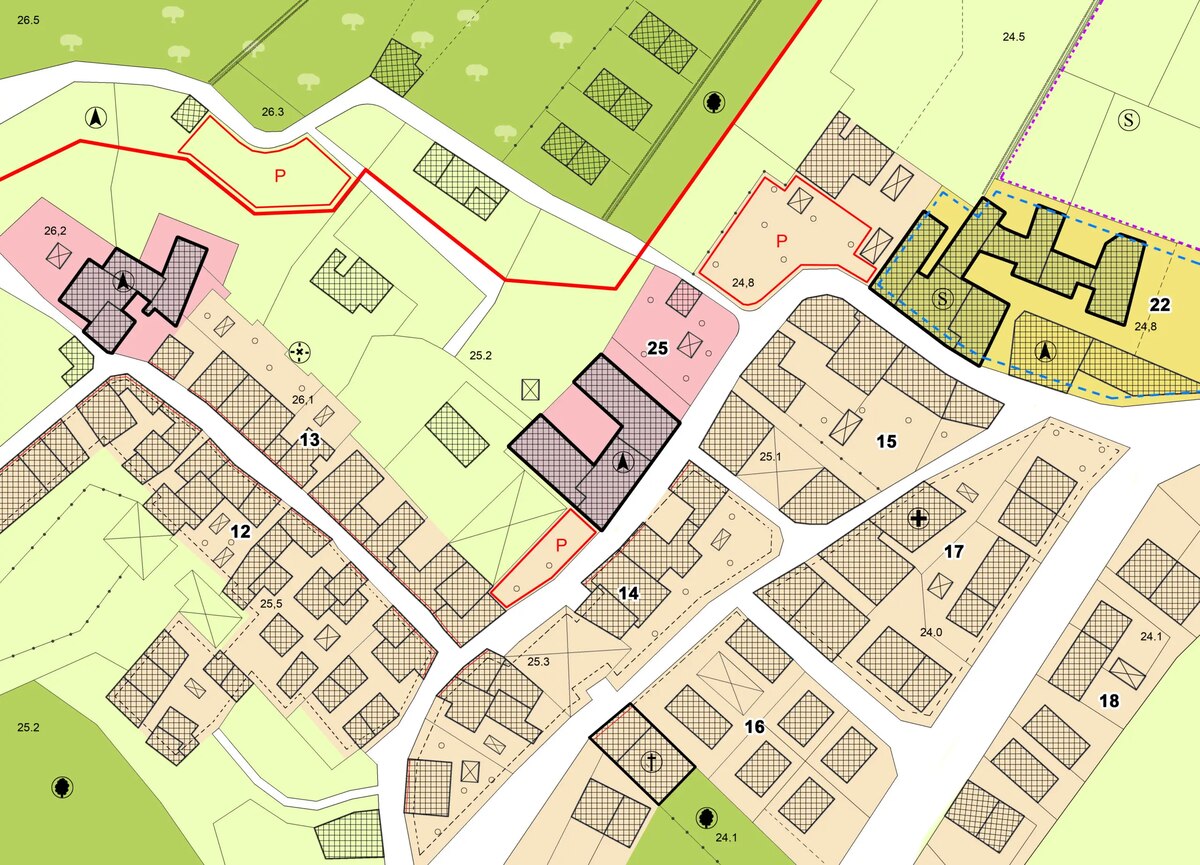
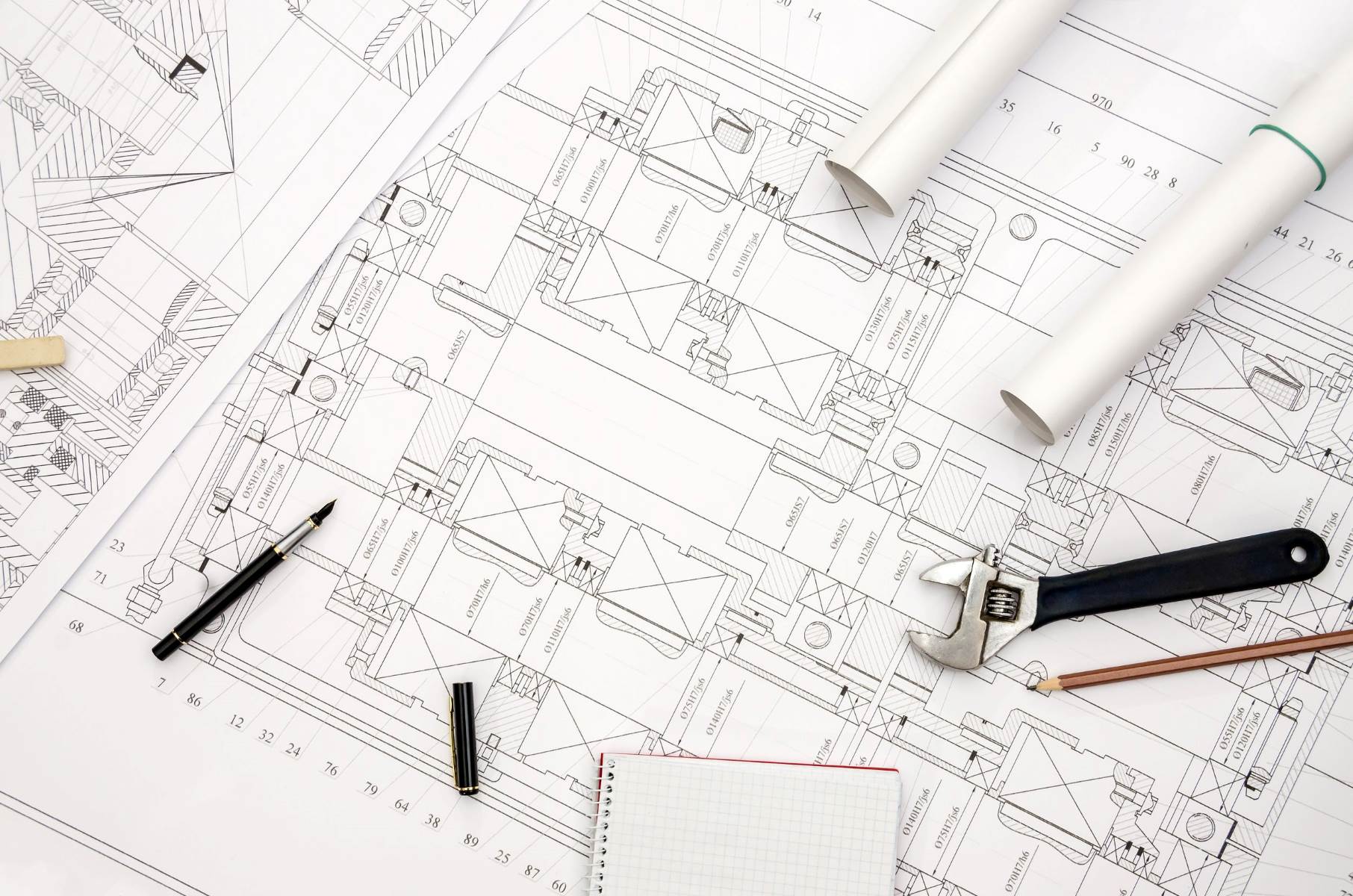
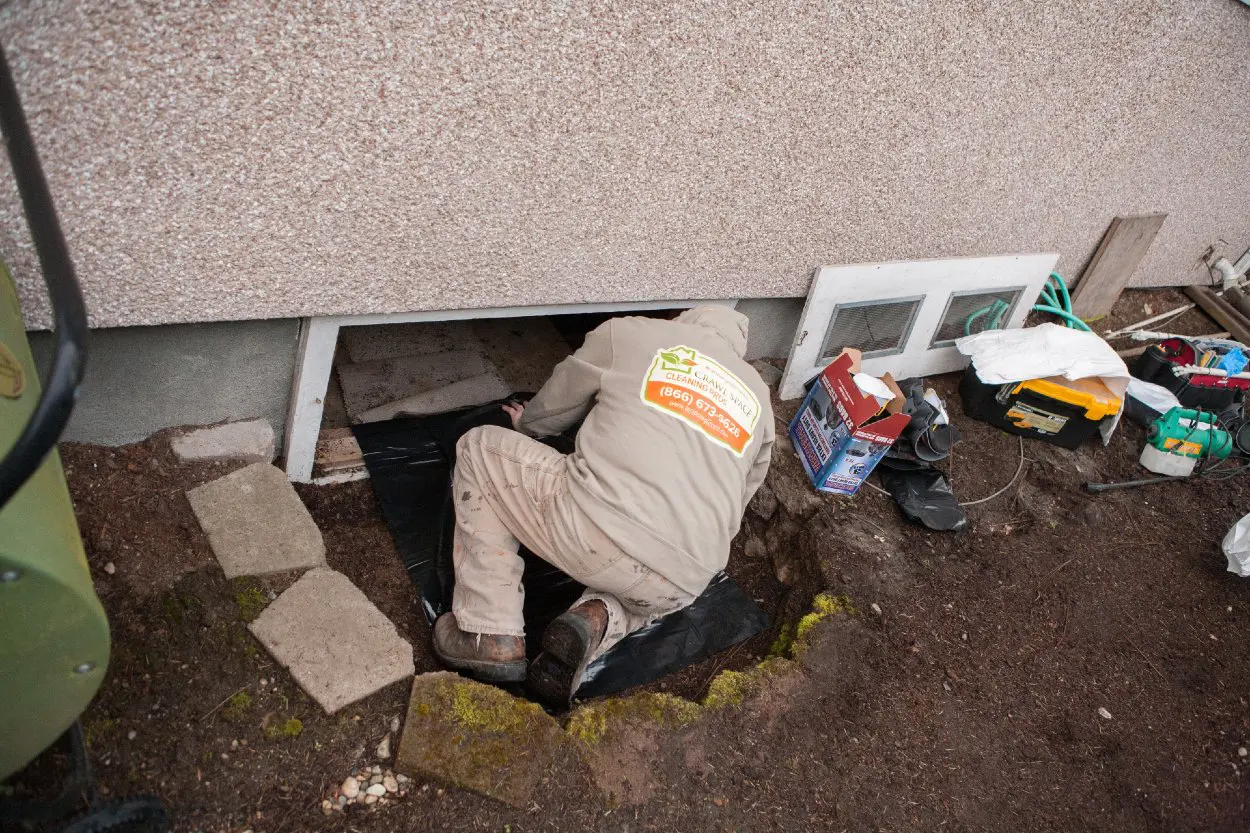







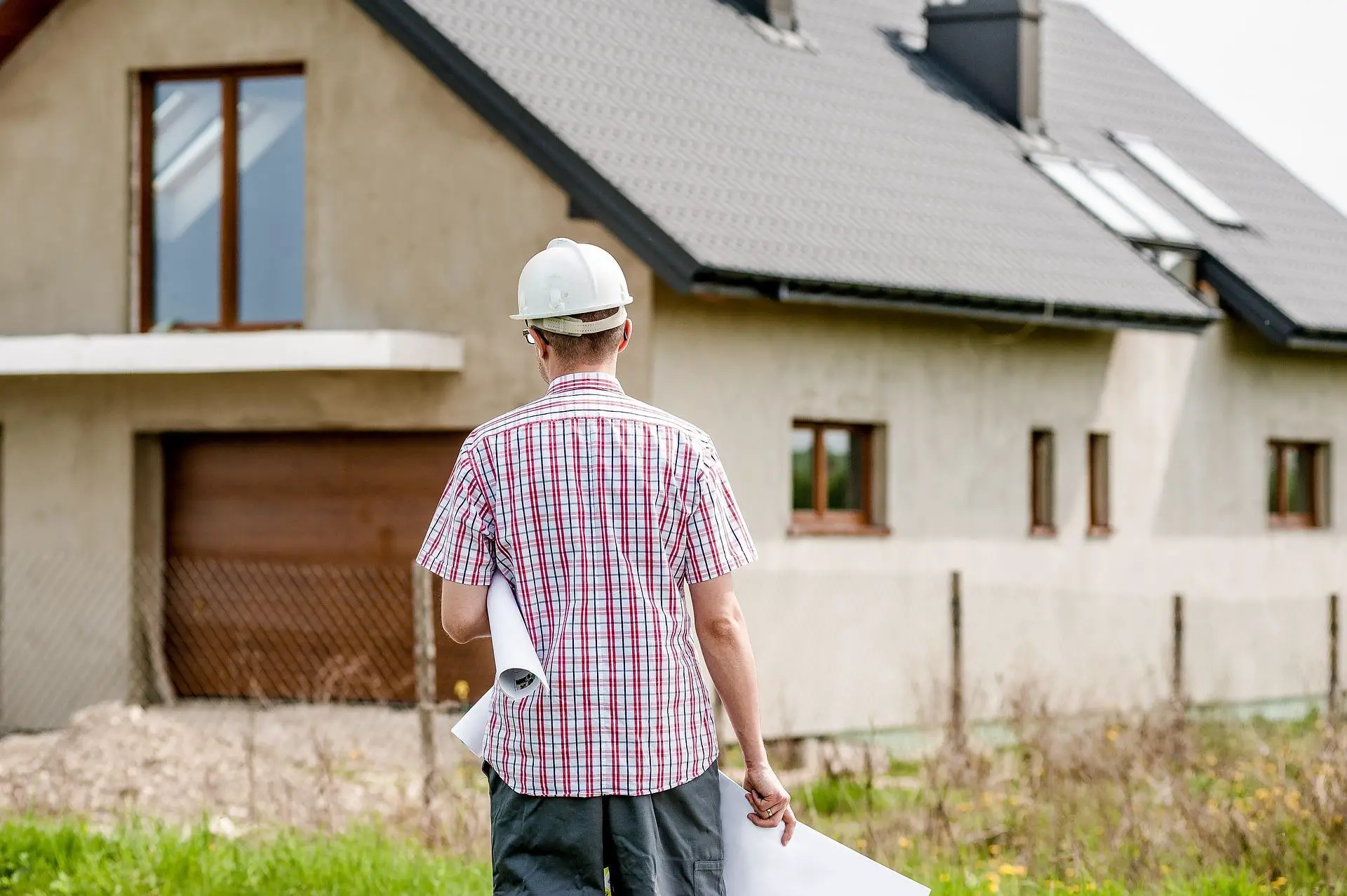



0 thoughts on “How To Find Out When Your House Was Built”